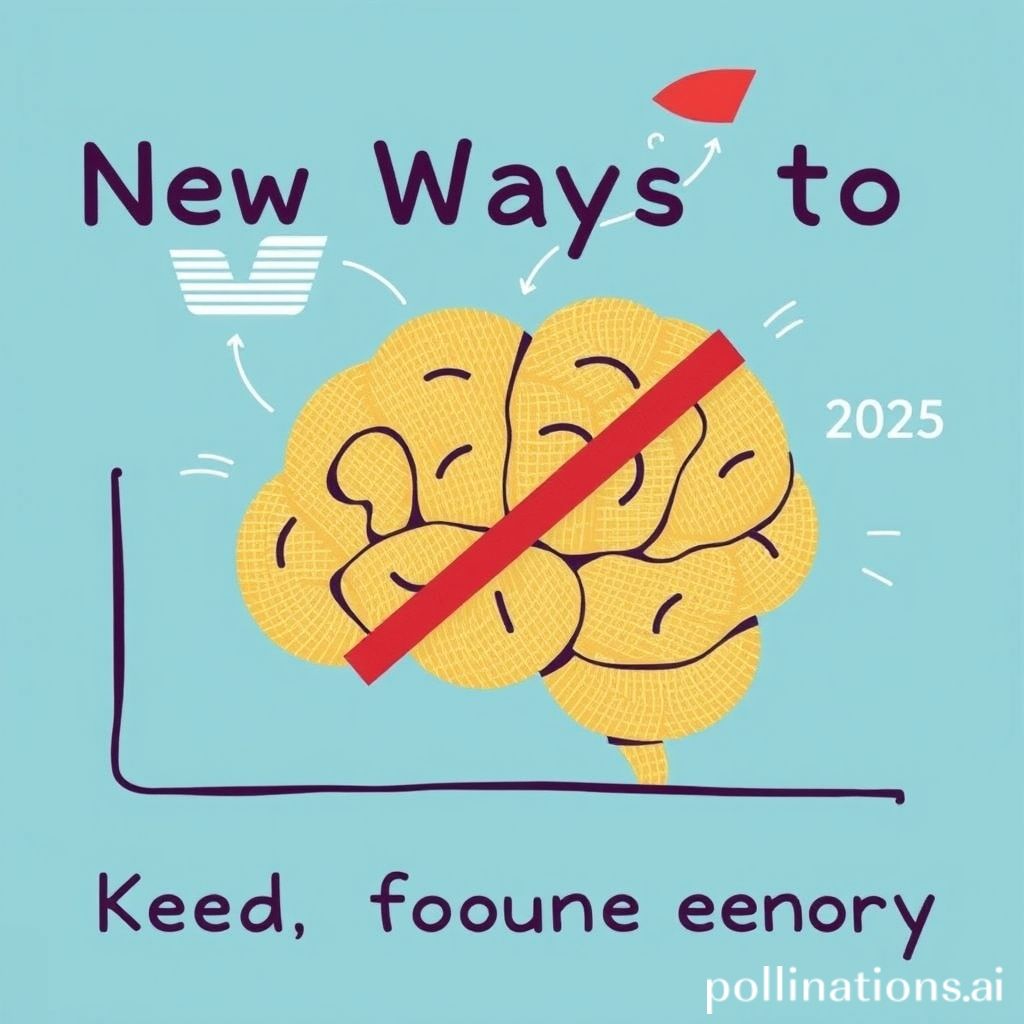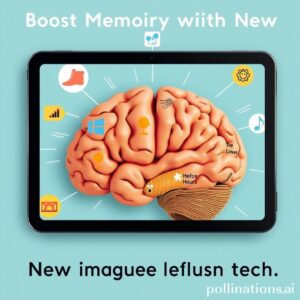Advancements in Language Learning and Memory Enhancement in 2025
Estimated Reading Time: 7 minutes
- Discover how AI is revolutionizing language learning.
- Explore immersive technologies like VR and AR for real-life practice.
- Learn about gamification and its role in making language studies enjoyable.
- Understand the cognitive benefits of learning languages on memory enhancement.
- Find out how cultural competency and soft skills play a vital role in language acquisition.
Table of Contents
Introduction
Hello, language lovers! Today, we are diving into the exciting world of how we learn languages and enhance our memory. Imagine riding a magic carpet that takes you to faraway lands where you can speak, play, and learn—not just the words but also the culture and stories behind them! In 2025, amazing technologies are changing how we learn languages and remember things. This blog post will explore these advancements, showing how they can help you on your journey to learning Chinese characters, culture, and calligraphy.
Language Learning Innovations
1. AI-Driven Learning
Have you ever wished for a super smart friend who can help you learn languages? Well, thanks to Artificial Intelligence (AI), we have just that! AI-powered platforms like TALKIO can give you instant feedback on how you pronounce words, your grammar, and fluency. It’s like having a friendly dragon that helps you as you practice speaking. Apps like Duolingo and Babbel use machine learning, which adapts lessons to fit your skills, making learning more fun and efficient!
If you want to know more about these AI tools, check out this source and this one.
2. Immersive Technologies (VR & AR)
Imagine stepping into a world where you can practice your language skills in a virtual city! Virtual Reality (VR) and Augmented Reality (AR) let you do just that. For example, with tools like “Culture Quest,” you can visit famous places like the Great Wall of China without leaving your room! These technologies let you practice ordering food or asking for directions, making you feel like a true local.
Want to find out more? Read here for more on how immersive tech is transforming language learning.
3. Gamification
Who says learning can’t be like playing a video game? Gamification makes language learning fun by turning lessons into exciting quests. You can earn points, complete challenges, and level up while learning. Think of it as being a superhero in training, gathering language powers along the way!
Research shows that gamification can boost motivation and help you remember what you learn, but remember—practice with real people is still super important!
For more insights about gamification, you can read this article.
4. Microlearning and Adaptive Learning
Sometimes, learning a new language can be like trying to gulp down a giant bowl of noodles all at once. Microlearning helps you take small bites! It breaks down lessons into tiny, easy-to-digest pieces. And guess what? Adaptive learning makes sure you get the right lesson at the right time, just like a coach who knows when to give you a break or when to push you harder!
If you’re curious about microlearning, check this out here.
5. Cultural Competency
Did you know that learning a language is not just about words? It’s about understanding the people who speak it too! Many programs now focus on cultural competency, helping students connect with others around the world. For example, “Journeys Live” allows you to talk to instructors from different countries and learn about their cultures while you practice your skills.
You can learn more about cultural understanding here.
6. Soft Skills Focus
Apart from vocabulary and grammar, learning languages is now helping you build soft skills! These include things like emotional awareness and communication with people from different backgrounds. Just like a treasure chest, these skills can set you apart and prepare you for new adventures in a global world.
Check out this source for more details on soft skills in language learning: here.
Memory Enhancement and Cognitive Training
1. Cognitive Benefits of Language Learning
Did you know that learning languages gives your brain a workout? Studies say it can make your brain as strong and flexible as a gymnast! Knowing multiple languages helps your brain process information faster and build memory circuits, which means you can remember things better.
You can find out more about the cognitive benefits by reading this article.
2. Games for Working Memory Training
Think of memory games like jumping on a trampoline—each bounce helps you get higher! These games especially help those who might have trouble remembering things. By practicing, you can become a language superstar! These games link new words to what you already know, which helps you learn faster.
Find out how these games work here.
3. AI and Personalized Memory Aids
AI is not just good for learning languages but also for remembering things! It can create personalized plans to help improve memory. Imagine having a robot best friend reminding you to take your favorite toy or snack!
You can read more about AI and memory aids here.
4. Wearable and Assistive Devices
Imagine wearing a watch that reminds you where you left your favorite stuffed animal! Wearable devices can help with memory tasks, like remembering to take your medicine. They make life easier and help people with memory challenges stay independent.
To learn more about these devices, check out this resource.
5. Virtual Reality for Memory Rehabilitation
What if you could visit your favorite places through VR? This kind of practice can help improve memory and boost feelings of happiness. It’s like a magical time machine that helps you remember fun experiences!
To understand more about VR and memory, click here.
6. Emerging Technologies in Memory
New technologies that help with memory are popping up like flowers in spring! These include cool inventions that help computers think better, like magnetoresistive RAM (MRAM). These advancements are great for cognitive training and improving how we remember things.
You can find out more about these technologies here.
Conclusion
Advancements in language learning and memory enhancement in 2025 are like opening a treasure chest filled with tools to help you understand and communicate better. AI, immersive technologies, and gamification are transforming how we learn languages, while cognitive training tools and memory aids are boosting our brain power.
At LCC Beauty, we embrace these innovations, offering tailored learning experiences to help you master Chinese characters, culture, and calligraphy. Whether it’s through AI-driven lessons or interactive classes that connect you with other cultures, we are here to help you on your language journey.
Let’s dive deeper into this exciting world together! Explore our services here or contact us for more information. Together, we can make learning a new language as fun as riding a magic carpet!
FAQ
Q: What is AI-driven learning?
A: AI-driven learning utilizes artificial intelligence to provide personalized language learning experiences, offering real-time feedback and tailored lessons based on individual progress.
Q: How do gamification principles enhance language learning?
A: Gamification incorporates elements of game design to make language learning engaging. It turns lessons into quests and challenges, which increases motivation and retention of information.
Q: Can virtual reality help with memory rehabilitation?
A: Yes, virtual reality can create immersive experiences that aid memory rehabilitation by helping users revisit familiar environments and practice recall in engaging ways.
Q: What role do cultural competencies play in language learning?
A: Cultural competencies allow learners to not only understand the language but also the cultural context in which it is used, enhancing communication and connection with native speakers.
Q: What are the benefits of microlearning in language acquisition?
A: Microlearning breaks down lessons into smaller, manageable chunks, making it easier for learners to absorb information, retain it long-term, and apply it effectively.



